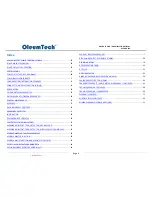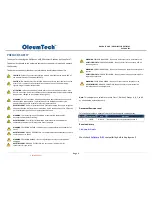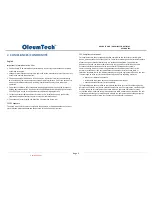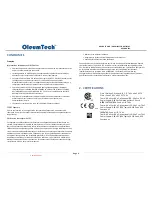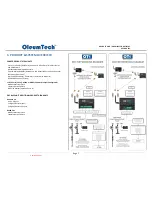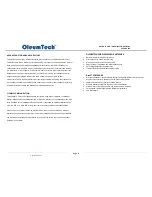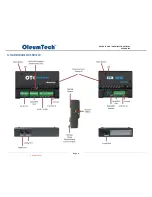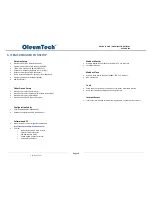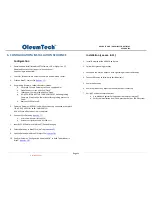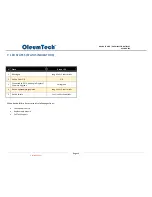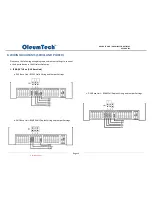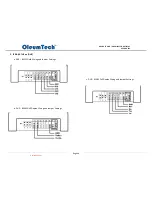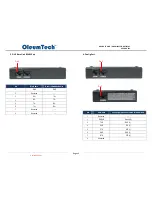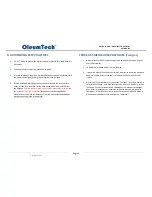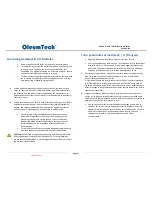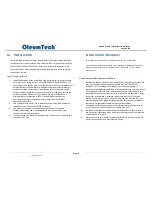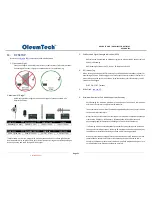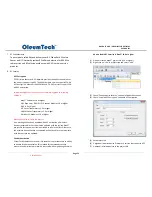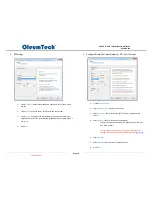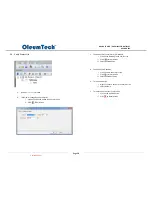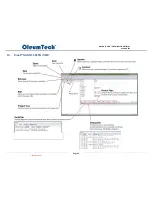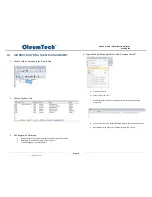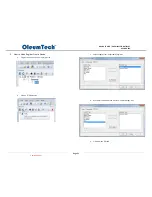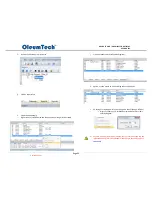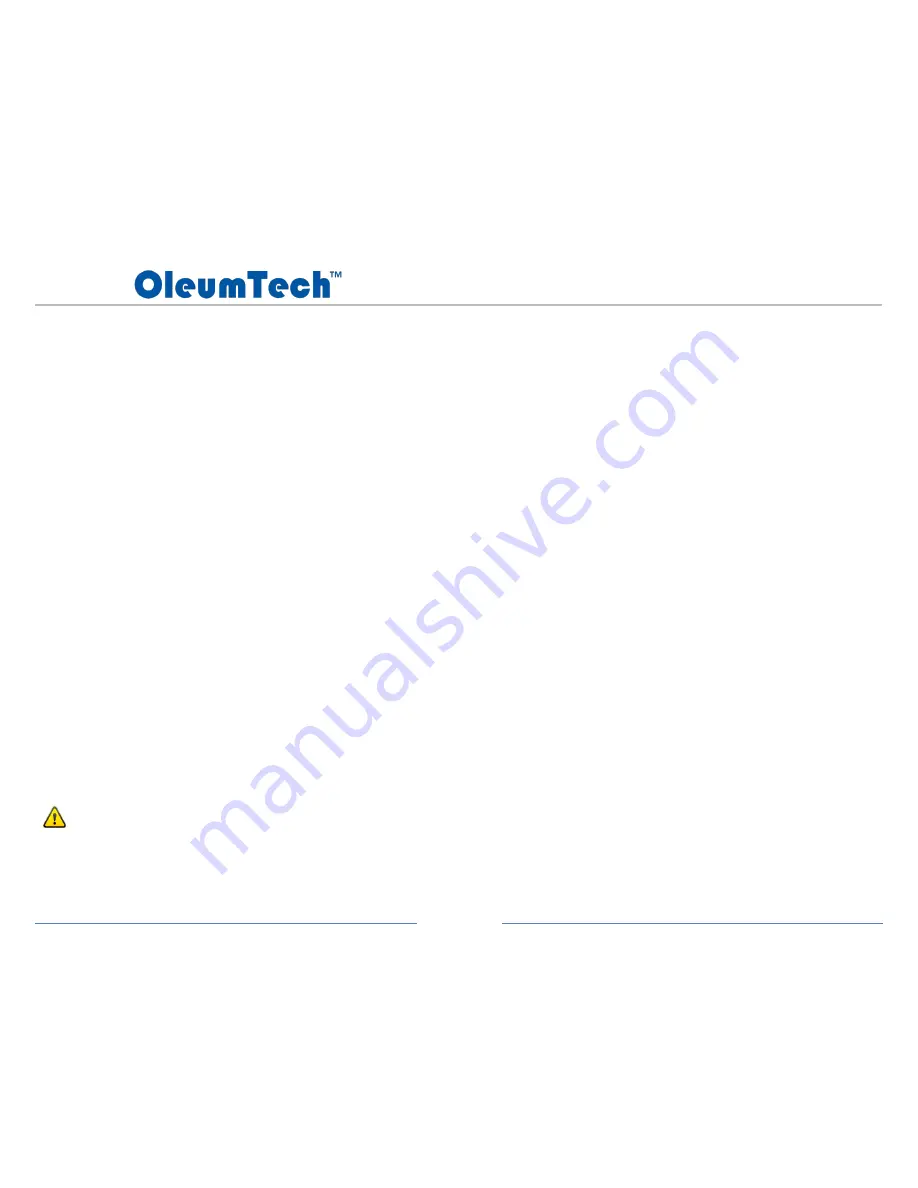
Page 17
DH1 BASE UNIT / DH2 WIRELESS GATEWAY
USER GUIDE
Grounding Gateways & I/O Modules:
Battery negative should never be common with earth ground.
For fiberglass enclosures, the backplane inside may be connected
to earth ground. Typically, there is a lug specifically for this
connection. The equipment inside the enclosure however, should
not be common with the backplane in this case.
For steel enclosures, battery negative should not be common with
the enclosure as the enclosure will usually be common with the
pole supporting it (basically earth ground).
A.
Where bulkhead (black phantom) antennas are used, the inner surface,
outer surface, and inner wall of the hole drilled, should be isolated from
the antenna. Use the rubber washers supplied by the manufacturer to
isolate the antennas from the enclosures (use thickest washer on exterior
side of enclosure).
B.
Where external antennas, such as omni-directional and yagi, are utilized, a
polyphaser is typically used. The actual connection between lightening
arrestor and antenna cable should be isolated. The lightening arrestor
itself has its own lug designed to be connected to earth ground.
Once all wiring and grounding recommendations have been
followed it is important to test the ground resistance at the
grounding rod to assure a good ground. The most effective
grounding method is direct connection to earth ground with
minimal impedance. An impedance of less than 5 Ohms is
recommended.
For more details on proper grounding electrodes and grounding
electrode conductors, consult the National Electrical Code.
CAUTION
: Ensure field wiring connections are in accordance with Article
504 of the National Electrical Code, ANSI/NFPA70. For more details on
proper grounding electrodes and grounding electrode conductors, consult
the National Electrical Code.
Terre passerelles et modules E / S: (Français)
Négative batterie ne doit jamais être commun avec la terre.
Pour les enveloppes en fibre de verre, le fond de panier à l'intérieur peut
être relié à la terre. Typiquement, il se agit d'un ergot spécifiquement
pour cette connexion. L'équipement intérieur de l'enceinte ne devrait
toutefois pas être commun avec le fond de panier dans ce cas.
A.
Pour les enveloppes d'acier, négatif de la batterie ne doit pas être commun
avec l'enceinte, l'enceinte sera généralement commun avec le pôle le
soutenir (essentiellement de la terre).
A. Où cloison (Phantom Black) antennes sont utilisées, la surface intérieure,
la surface extérieure, et la paroi intérieure du trou foré, doit être isolé de
l'antenne. Utilisez les rondelles en caoutchouc fournies par le fabricant pour
isoler les antennes des enceintes (utiliser la plus épaisse rondelle sur le côté
extérieur de l'enceinte).
B.
Lorsque les antennes externes, tels que omnidirectionnelle et Yagi, sont
utilisés, un Polyphaser est généralement utilisé. La connexion réelle entre
Polyphaser et le câble d'antenne doit être isolé. Le Polyphaser lui-même a sa
propre patte destinée à être reliée à la terre.
Une fois que toutes les recommandations de câblage et de mise à la
terre ont été suivies, il est important de tester la résistance du sol à la
tige de mise à la terre pour assurer un bon sol. La méthode de mise à la
terre la plus efficace est la connexion directe à la terre avec une
impédance minimale. Une impédance inférieure à 5 Ohms
recommandée.
Controlled Copy

